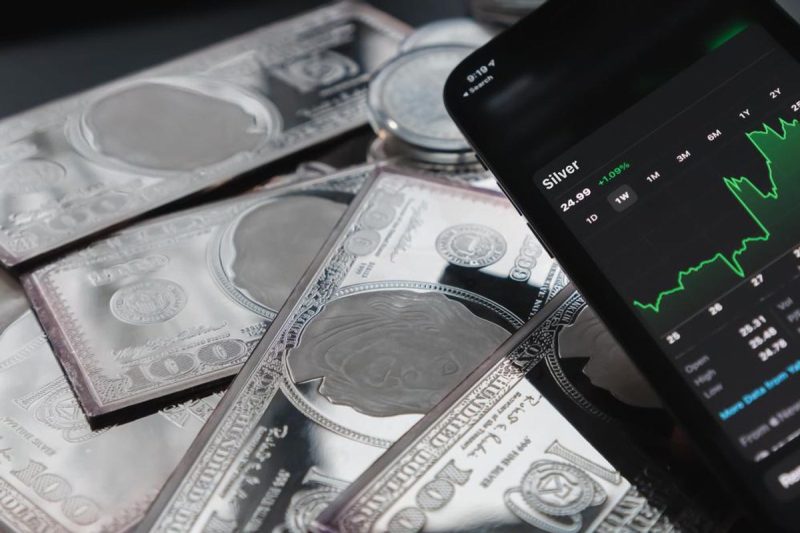In recent years, the price of silver has shown considerable volatility, with fluctuations presenting both challenges and opportunities for investors and traders. The possibility of silver hitting $100 per ounce by 2024 has sparked widespread speculation among analysts and traders within the precious metals market. Several factors can influence the price of silver, including supply and demand dynamics, economic conditions, geopolitical events, and market sentiment.
Supply and demand dynamics play a significant role in determining the price of silver. Silver is widely used in various industries, including electronics, jewelry, and solar panels. As industrial demand for silver grows, any disruption in the supply chain or mining operations can lead to price spikes. Additionally, as investors seek safe-haven assets during times of economic uncertainty, the demand for silver as a store of value can increase, further driving up prices.
Economic conditions, such as interest rates, inflation, and currency movements, can also impact the price of silver. Inflation erodes the value of fiat currencies, making precious metals like silver an attractive hedge against inflation. Moreover, when interest rates are low, the opportunity cost of holding non-yielding assets like silver decreases, leading to increased investor demand. Currency movements, especially fluctuations in the US dollar, can also influence the price of silver since the metal is priced in US dollars globally.
Geopolitical events have the potential to cause significant fluctuations in the silver market. Factors such as trade disputes, political unrest, and sanctions can disrupt supply chains and lead to increased volatility in silver prices. In times of geopolitical uncertainty, investors often turn to safe-haven assets like silver and gold to protect their wealth, which can drive up prices.
Market sentiment and speculation can also impact the price of silver. Traders and investors often rely on technical analysis, market indicators, and news to make trading decisions, leading to short-term price movements based on sentiment. A positive outlook on silver’s future prospects, coupled with increased speculative trading activity, can create upward pressure on prices, potentially pushing silver towards the $100 per ounce mark.
While the possibility of silver hitting $100 per ounce by 2024 is speculative, the factors influencing the price of silver suggest that such a scenario is not entirely implausible. Investors and traders in the precious metals market should closely monitor supply and demand dynamics, economic conditions, geopolitical events, and market sentiment to make informed decisions regarding their silver holdings. As with any investment, it is essential to conduct thorough research and exercise caution when navigating the volatile world of precious metals trading.
